
Apple CEO Tim Cook announced a $600 billion investment in the Oval Office on August 6 - Photo: AFP
On August 6, Apple announced plans to invest an additional $100 billion in its domestic production and technology systems. This decision not only raises its total investment in the US to $600 billion but also raises many questions about the future of production activities in Southeast Asia - an area Apple has focused on expanding in recent years.
Comprehensive "Americanization"
According to Reuters, this is a strategic step within the framework of the Made in America Program (AMP) to bring the production of key components and high-tech infrastructure back home.
CEO Tim Cook said the focus of the investment will be on developing semiconductor chips, tempered glass for iPhone and Apple Watch as well as building infrastructure for artificial intelligence (AI) and data systems in the US. Apple will produce more than 19 billion chips in 2025 through 24 factories located in 12 states.
TSMC - a key partner in Arizona - will play a key role in manufacturing the most advanced chips.
The Cupertino-based tech company plans to hire 20,000 more people in the fields of research and development (R&D), chip design and AI. Apple will also expand its data center system, develop a manufacturing academy in Detroit and build a large-scale server factory in Houston.
The strategic partner network in this expansion includes Coherent, GlobalWafers, Applied Materials, Texas Instruments and Broadcom - big names in the US semiconductor and technology materials industry.
"Today's announcement is another victory for American manufacturing and an important step toward bringing essential supply chains home to protect our nation's economic security," said White House spokesman Taylor Rogers.
This move is also expected to help Apple stabilize its long-term profit margins. According to Investor Business Daily, news of the new investment package created a positive reaction when Apple's stock increased more than 5% in the trading session on August 6.
Challenges for Southeast Asia
President Donald Trump described Apple's new investment as a "significant step" toward his ambitious goal of ensuring every iPhone sold in the United States is made domestically. He expressed optimism that a 100% made-in-USA iPhone was possible.
If that dream comes true, Southeast Asia could be the region most affected. In recent years, Apple has seen Southeast Asia as a potential alternative manufacturing hub to China, especially after the US-China trade war broke out.
Since 2019, the company has gradually moved its assembly lines and supply chains to Vietnam, Thailand and Indonesia, creating hundreds of thousands of jobs and promoting technology investment flows to the region.
According to CNN, in Vietnam, Apple has spent nearly 16 billion USD on the supply chain, creating more than 200,000 jobs. Thailand is also gradually becoming an important link when Apple moves part of its Apple Watch production here in 2023, according to the South China Morning Post.
Indonesia has also emerged as an attractive investment destination. According to Diplomat magazine, by the end of 2024, Apple has committed to investing $1 billion to expand its production facility on Batam Island to meet localization requirements and serve the regional market.
However, the Trump administration's efforts to bring Apple back to US manufacturing mean Southeast Asia may face a reduced role in the global value chain.
The Financial Times newspaper commented that Mr. Trump's tariff policy is not only aimed at China but also includes India and Southeast Asian countries, causing Apple's strategy of "diversifying the supply chain to Southeast Asia" to gradually lose its competitive advantage.
This further strengthens the reason for Apple to increase investment back to the US - where the government can provide tax incentives, protect intellectual property rights and create favorable policy conditions for high technology.
Many experts believe that Apple's ability to fully realize its dream of domestic production may be difficult due to significantly higher labor costs in the US, while the large-scale assembly infrastructure that it has invested in Southeast Asia cannot be fully replicated in the short term.
The Rise of Kentucky
One notable point after Apple's new move is the "rise" of the industry in the state of Kentucky, where Apple is investing heavily to produce all protective glass for iPhone and Apple Watch.
The company will cooperate with Corning Company in Harrodsburg City, committing to invest 2.5 billion USD to develop the world's largest and most modern smartphone glass production line. CEO Tim Cook affirmed: "Every new iPhone and Apple Watch sold worldwide will use glass produced in the state of Kentucky."
Once a region largely associated with agriculture and coal, Kentucky is now a link in the global technology value chain. The investment is expected to directly impact the local workforce, create thousands of high-quality jobs and drive sustainable economic growth for the state.
Source: https://tuoitre.vn/apple-my-hoa-dong-nam-a-gap-kho-20250807232818879.htm







![[Photo] Closing of the 1st Congress of Party Delegates of Central Party Agencies](https://vphoto.vietnam.vn/thumb/1200x675/vietnam/resource/IMAGE/2025/9/24/b419f67738854f85bad6dbefa40f3040)











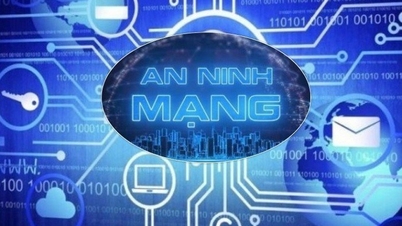


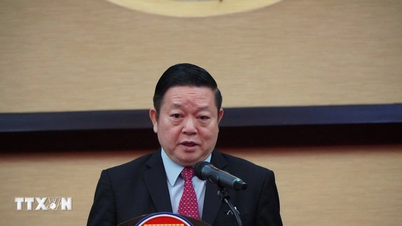



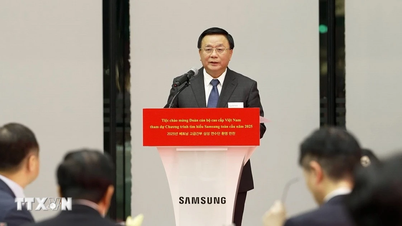





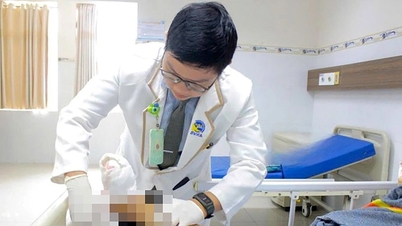




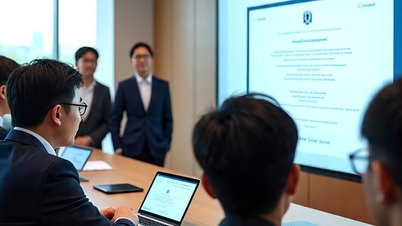
![[Photo] Editor-in-Chief of Nhan Dan Newspaper Le Quoc Minh received the working delegation of Pasaxon Newspaper](https://vphoto.vietnam.vn/thumb/1200x675/vietnam/resource/IMAGE/2025/9/23/da79369d8d2849318c3fe8e792f4ce16)
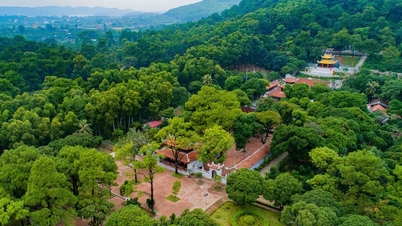
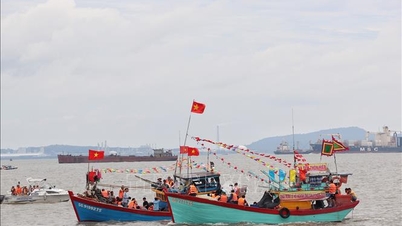


























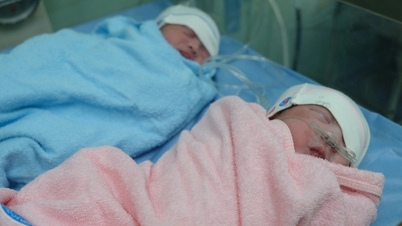
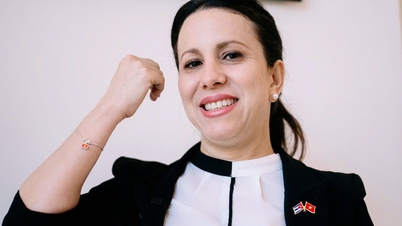


![[Photo] Solemn opening of the 1st Congress of Party Delegates of Central Party Agencies](https://vphoto.vietnam.vn/thumb/402x226/vietnam/resource/IMAGE/2025/9/24/82a89e250d4d43cbb6fcb312f21c5dd4)



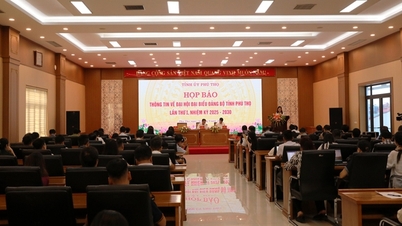
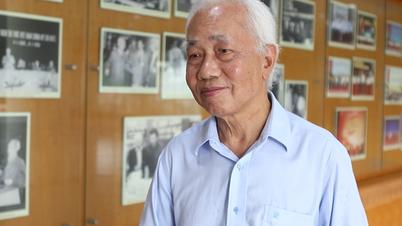

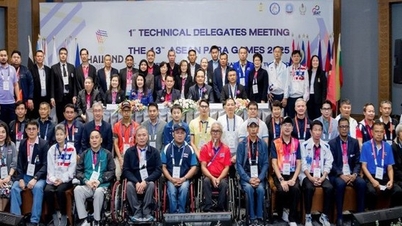


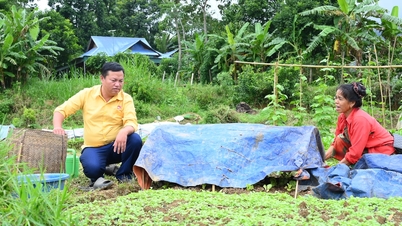

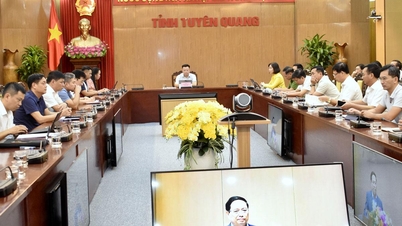





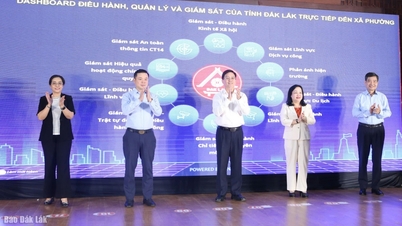

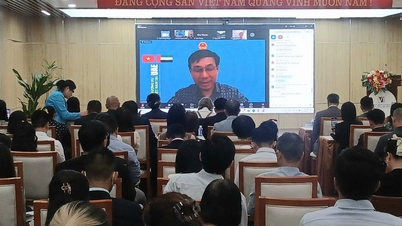




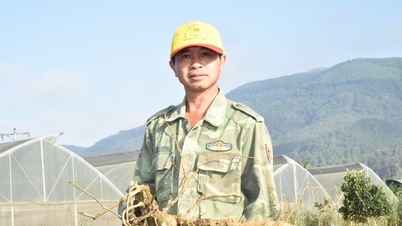






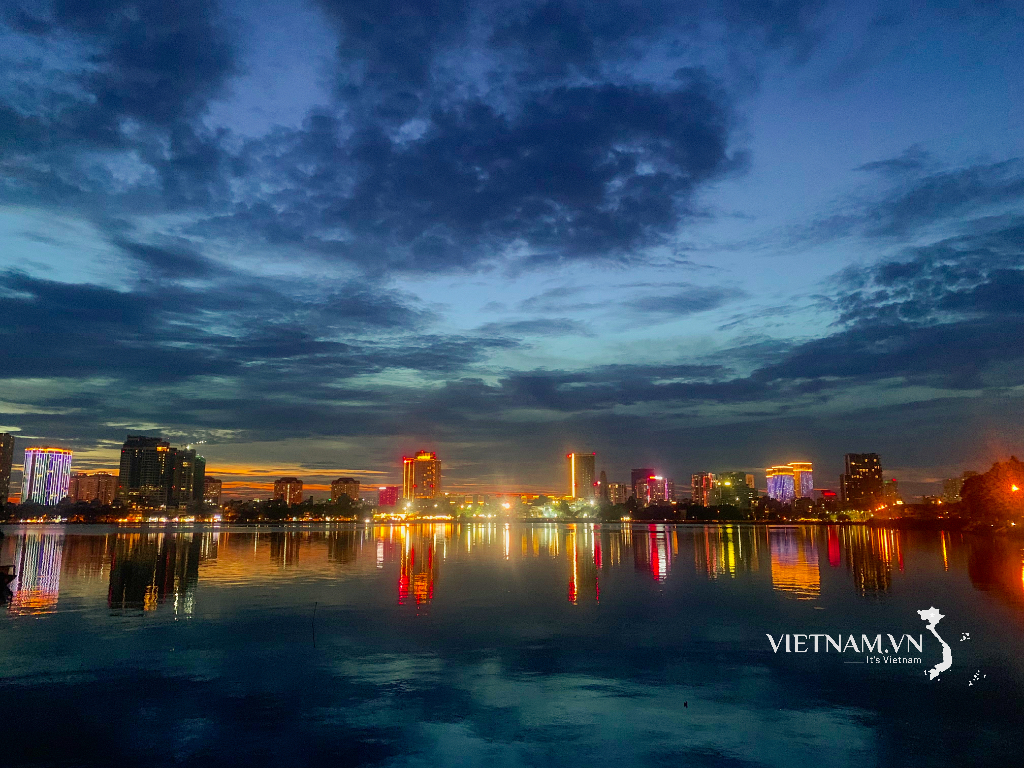
Comment (0)